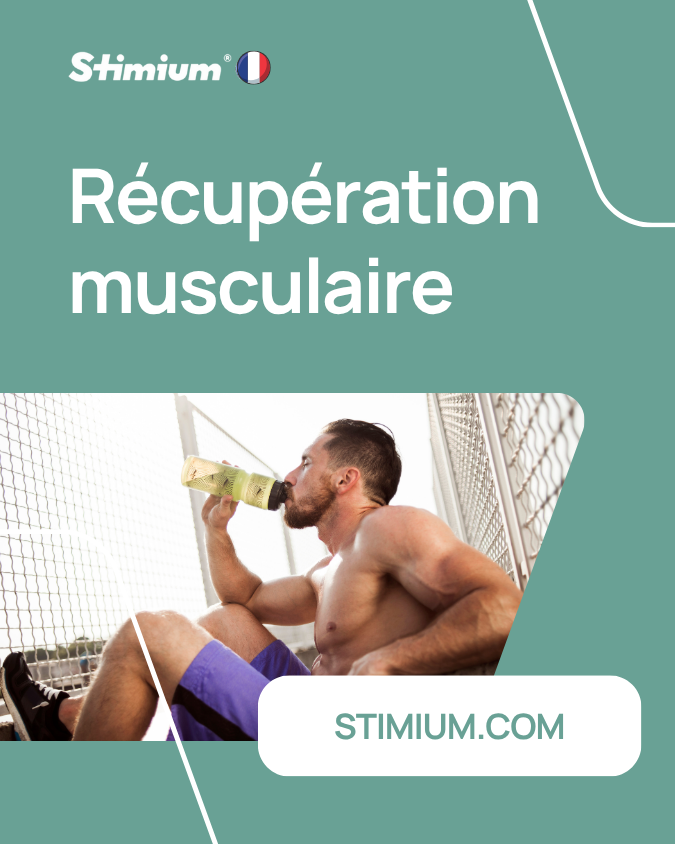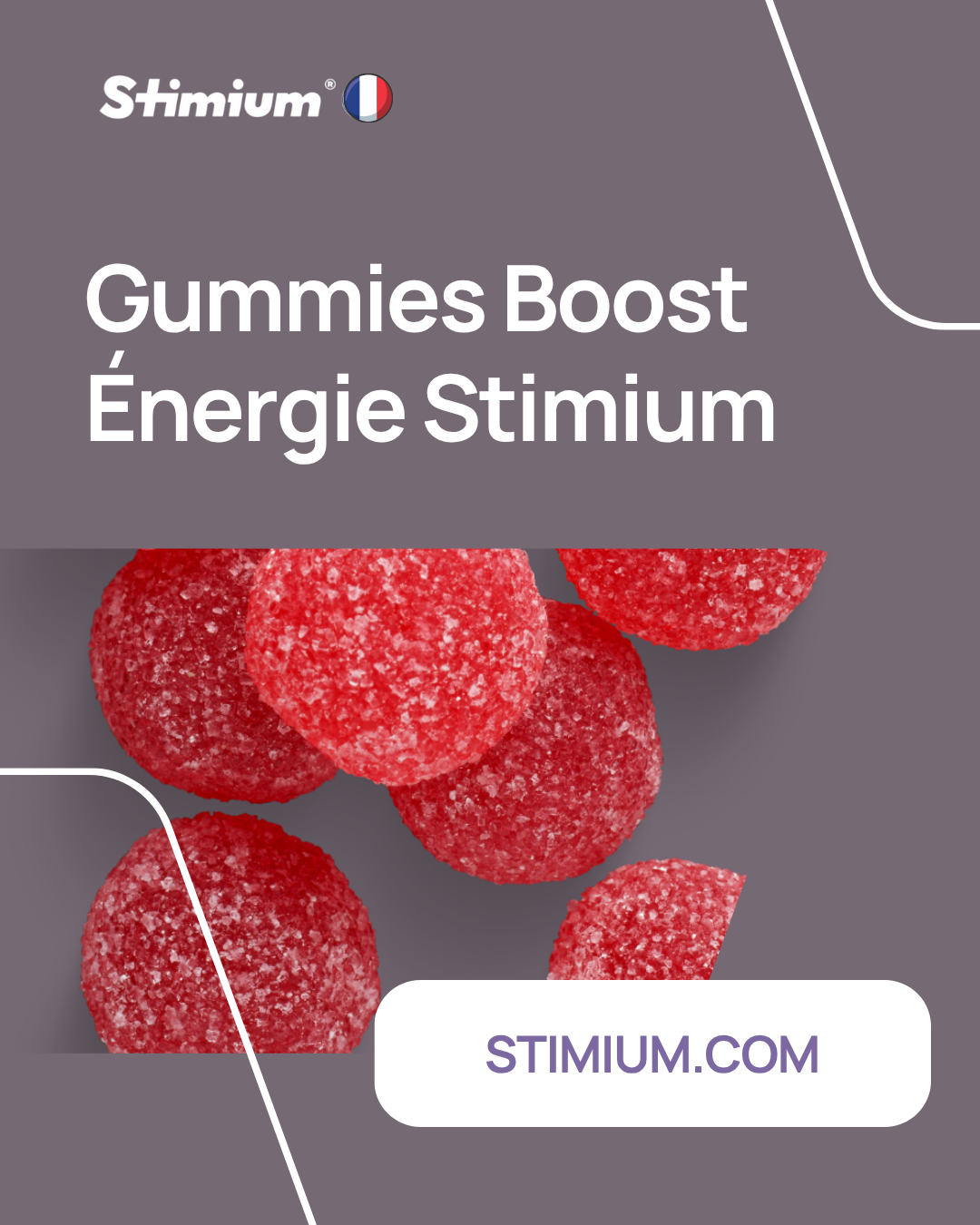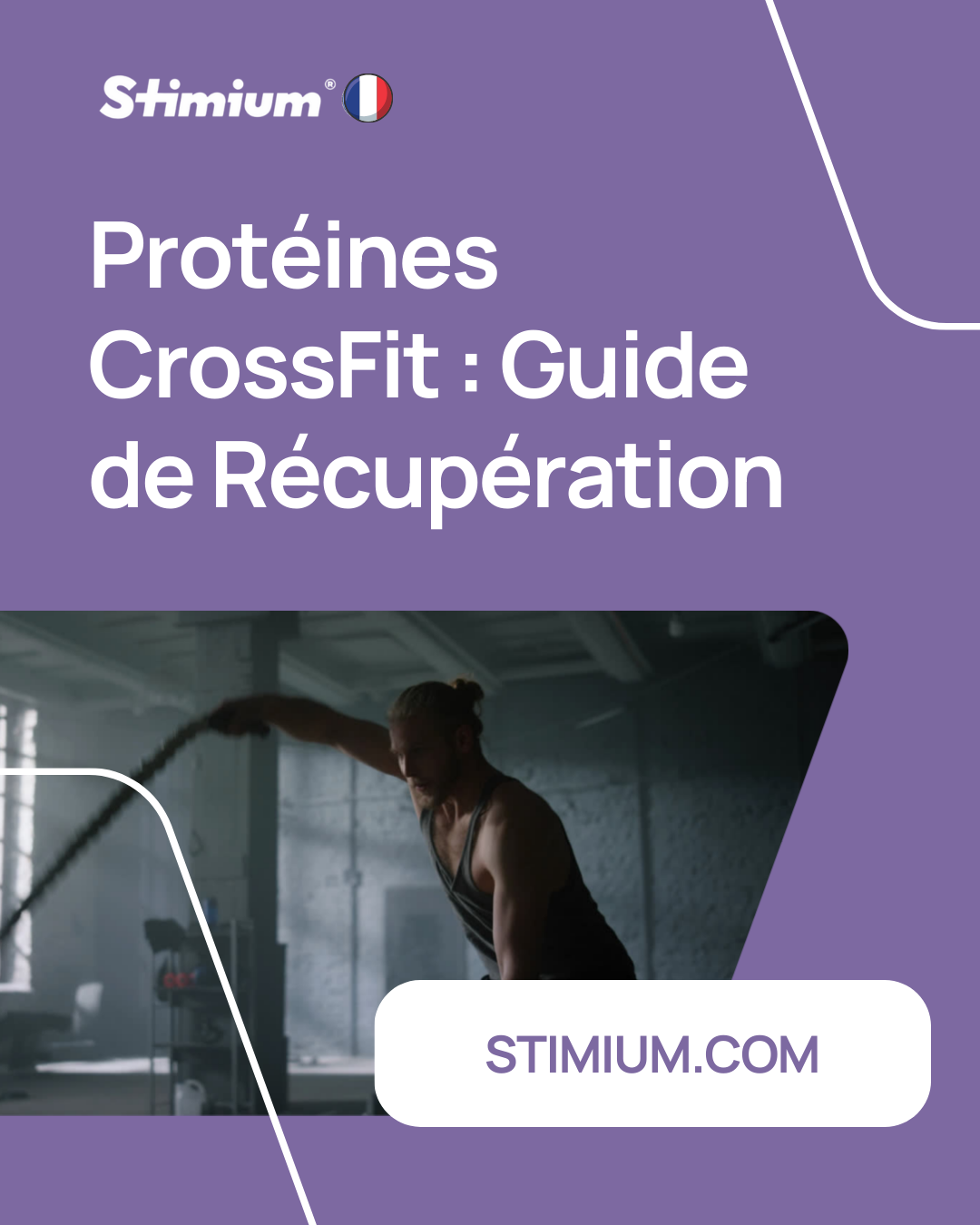On endurance sports, do we improve as we age?
The older we get, the more enduring we become, is this really the case ? Forging your body for an extraordinary performance like that of running the marathon (this still remains extraordinary, proportionally few people are capable of running 42,195km) is often perceived as a long journey which can only be completed after several years of methodical training. Most runners believe that the best marathoners are older than the champions of shorter distances. It is not inaccurate, when reading the rankings, to say that thirty is often considered the ideal age to quickly cover 42.2 km.
Moreover, it has long been recommended that young runners in their early twenties wait before doing their first marathon on the pretext that endurance would take years to develop! What is it really? The observation is clear: the exceptional performances are the work of athletes of varied ages with very impressive times from 23 to 38 years old), it is not that surprising. We observe that with appropriate training, aerobic endurance performance can reach peaks from the age of 20 and be maintained or improved until the age of 35. Therefore, it's a safe bet that 20-year-olds who reach their full potential in a distance like the marathon started running training relatively early and have already logged many miles. This has a lot to do with the sporting culture of a country; in the majority, the marathon is a passage for long-distance runners in athletics (often 5000 or 1000 km runners) while in rare countries, on the contrary, we start with the very long distance, without going through the middle distance box, this can be the case particularly in East Africa and particularly in Kenya or Ethiopia for example.
In general, after the age of 35, an almost inevitable decline in performance will occur in highly trained athletes. When he set his world record, Kenyan Wilson Kipsang, then 31, ran at an average speed of 20.5 km/h for just over 2 hours. The average age of the best marathoners seems to be closer to 35 than 20. Physiologically, in reality, it is around 30 years old. For example, the average age of the top five runners at the 2012 London Olympics marathon was 30 years old. Comparatively, the first 5 finishers in the men's and women's 1500m at these same games were on average 25.5 years old. Although exceptional performances over 42.2 km are possible from the twenties onwards, they are rarer, as young athletes are often encouraged to concentrate their efforts on shorter distances such as the 1500, the 3000, the 5000 or the 10,000m. As they get older, many will change their training plans to improve on longer distances like the marathon. We can assume that, if the only competitive distance in running was the marathon, the average age of the best in this event would be lower, probably between 25 and 30 years old.
Are women different from men in endurance?
Although the average age of women and men remains comparable in elite running events, it may happen that some women achieve exceptional performances at a later age than men. This situation is potentially attributable to a different life path and approach to training. For example: women sometimes change the frequency, duration and intensity of their training more gradually; Women sometimes have to interrupt their training due to one or more pregnancies.
In marathons, it is not uncommon to have between 1/3 and half of the runners over 40 years old. This proportion of relatively older runners will certainly not decrease in the coming years given the growing desire of an aging population to maintain good health and challenge themselves. It is more and more the consequence of our lifestyles, and the need to do sport to break away from the pace of work, and to see the marathon as a goal to motivate ourselves to go running in the morning, at midday or at evening, during the fall or winter.
A rather slow drop in performance
We know that elite runners can maintain their full performance potential until around age 35. After this age, a modest decline in their abilities is inevitable. In fact, VO2max decreases by approximately 0.5% per year (or approximately 5% per decade) if the runner always trains at a competitive level. It drops by approximately 1% per year (10% per decade) if his lifestyle remains active, and by approximately 1.5% per year (15% per decade) if he has become inactive. However, we observe a more marked decrease in VO2max in all runners after 50-60 years. For example, it is 1.5% per year for someone who continues to train at a competitive level and can be even higher for someone who has become sedentary. The message is therefore clear, you must continue to be active to avoid losing your endurance capacities too quickly.
In inactive people, performance declines at a younger age than in athletes, i.e. from the age of 25-30. However, an aging person can still improve their running performance. Indeed, even if she had been sedentary for several years when she discovered a passion for running, she will most likely improve over the years that follow. This is particularly the case for many people who start running around the age of 35 or 40, first to get moving and do a little sport, then then to take up the game, with the aim of a marathon, a triathlon. or a beautiful trail! Obviously, the more she improves, the more difficult it will be for her to maintain her progress. Eventually, a decline in performance attributable to aging will become inevitable.
A German statistical study of 69 marathons and 65 half marathons showed that the time recorded was similar among participants aged 20 to 50. This result may seem surprising, but in fact it is not since these were not experienced athletes but amateur athletes. Indeed, as long as the runner has not reached his or her full potential – and this is often the case among non-professional runners – the effects of aging will not necessarily translate into a reduction in performance if training is adequate. . For example, someone who runs their first marathon at the age of 40 may well improve over the next 5 years despite the fact that they are getting older.
VO2max and aerobic performance decrease with age
The value of maximum oxygen consumption (VO2max) is strongly linked to performance capacity during an endurance race (5 to 42.2 km). In fact, the decline in VO2max and aerobic performance due to aging are almost the same. They can be explained, among other things, by the physical changes discussed below.
Heart and aging in runners
Heart rate during exercise is easy to measure, especially since almost all of us are equipped with GPS watches. We know that the heart of a 20-year-old person beats approximately 200 times per minute (220 – age) during maximum effort. It is estimated, with more or less precision, that one beat per year can be subtracted from the maximum number of beats per minute. For example, the maximum number of heartbeats per minute of a 40-year-old person can be estimated at 180 (220 – 40). Note, however, that a person who has been active for several years will generally see a less pronounced decrease in their maximum heart rate. This is one of the reasons why many runners over the age of 40 take Omega 3 supplements , in order to maintain their cardiovascular condition.
We have just seen that maximum heart rate decreases with age, but how can this decrease reduce VO2max? A lower number of heart beats can cause a reduction in cardiac output, that is to say the quantity of blood expelled by the heart per unit of time. Less blood passing through the heart then means less blood delivered to the muscles active during running and, therefore, less oxygen available to those same muscles. Muscles tense and tire more quickly, de facto reducing performance.
However, the number of heartbeats is only one component that determines how much blood will flow to the working muscles. Stroke volume is another. This corresponds to the quantity of blood expelled by the heart with each beat. During maximal effort, stroke volume also tends to decrease with age. In fact, maximum heart rate and stroke volume decrease by roughly the same proportions as we age.
Remember your biology classes . The oxygen-rich blood that is expelled from the left side of the heart travels through the body's arteries and arterioles (smaller than arteries) towards the muscles and organs which will consume a portion of this oxygen. Subsequently, the blood partially “emptied” of its oxygen continues its path via the Venules (smaller than the veins) and the veins to the right portion of the heart, where it will be redirected towards the lungs to refuel in oxygen. The difference between the oxygen content of the arteries (before the muscles have consumed it) and the veins (after the muscles have partially consumed it) is called the arteriovenous oxygen difference . The higher this value, the more oxygen the muscles will have consumed.
The arteriovenous oxygen difference reflects the ability of muscles (such as those of the lower extremities or breathing) to extract and consume oxygen during running. Clearly, the less oxygen left in the veins, the greater the quantity of oxygen extracted by the muscles, and therefore the more energy they can produce.
As seen previously, a decline in aerobic performance occurs in aging people. This drop is attributable, among other things, to a reduction in cardiac output, but also to a reduction in the arteriovenous oxygen difference during maximal effort.
Aging among other physical changes
A gain in fat also causes a reduction in running performance, because it is a weight to carry, a bit like if the athlete were running with a loaded backpack. Over the years, the quantity of fat contained in the body tends to increase: it goes from 12 kg to 18 kg on average between 20 and 50 years old, pants sizes don't lie! This is also one of the reasons why a lot of athletes over 40 will consume fat burners to try to combat this phenomenon. In addition, the loss of muscle mass linked to aging can also be a cause of reduced performance in runners if it is significant. This is also one of the reasons why protein supplementation, either concentrated , isolated , or in the form of vegan protein , can be interesting to limit muscle loss and wasting which accelerates with age. Anyone who had done, for example, a lot of rugby or football at a young age probably developed beautiful quadriceps, but which will melt away once the training sessions and matches are more spaced out and at the age of 40, their thighs could finally be those of a long-distance runner. However, a slight loss of muscle mass, causing a moderate decrease in strength, should not lead to a reduction in performance during an endurance race, because the force required by long-term efforts remains relatively low. Finally, a pronounced loss of flexibility in certain muscles such as the hip flexors can also result in a reduction in performance. It has even been proven that a significant lack of flexibility can reduce walking speed in seniors.
With aging, what happens to energy costs?
One of the factors that contribute to good running results is energy cost. When it is low, this means less oxygen consumption and therefore less effort required for the same speed of movement. For example, despite the fact that two runners have the same VO2max, it is possible that one of them expends less energy while running, thus increasing the probability of better performance, especially over long distances. . Despite the years, elite male runners seem to expend the same amount of energy for the same speed of movement. However, it was observed that, in older women, the increase in energy cost could contribute to a slight decrease in performance.
The body ages, but is this the only explanation?
The reduction in performance linked to aging is not only attributable to the resulting changes in the body. Indeed, injuries, fatigue, professional or personal obligations or even a lack of motivation can cause a reduction in the quantity and intensity of training. These variations will then also contribute to reducing performance. On injuries or joints that can become tired after long years of training, it can be useful to take collagen 2 to 3 times a year , in order to nourish the connective tissues and reduce joint discomfort, otherwise
In conclusion, like all physical abilities, VO2max tends to decrease with age. This reduction is strongly responsible for the drop in performance observed in running endurance events. In fact, the decline in maximum heart rate, the maximum amount of blood expelled by the heart with each beat and the arteriovenous oxygen difference are the main physiological changes that explain the decline in performance of aging runners. Additionally, a possible increase in fat percentage as well as a marked decrease in muscle mass and flexibility could reduce runners' abilities. Finally, the possibility that workouts will be less frequent, shorter and less intense must also be considered. However, in general, the decline in performance does not appear until the age of 35 in experienced runners. As this decline remains modest over the years, older runners can still hope to compete with younger ones in endurance sports, much more than in explosive sports, where youth, or rather, more muscular fibers young people and the importance of strength will mean that a 20 year old individual will perform better against a 50 year old individual. The fact remains that the key to youth is through a balanced diet, regular rest and regular physical activity, and this is why running, swimming and cycling are extremely interesting for aging, but like wine, above all, age well!







